What are expensive architectural features?
ktj459
2 years ago
Featured Answer
Comments (17)
Related Professionals
Harrisburg Home Builders · Montgomery County Home Builders · Santa Cruz Home Builders · Vista Park Home Builders · Walker Mill Home Builders · Bloomington General Contractors · Country Walk General Contractors · El Sobrante General Contractors · Enumclaw General Contractors · Fremont General Contractors · Lincoln General Contractors · Murrysville General Contractors · Poquoson General Contractors · Titusville General Contractors · Baileys Crossroads General Contractorsktj459
2 years agoworthy
2 years agoktj459
2 years agoMaryAliceB
2 years agolast modified: 2 years agoktj459
2 years agoCeladon
2 years ago
Related Stories
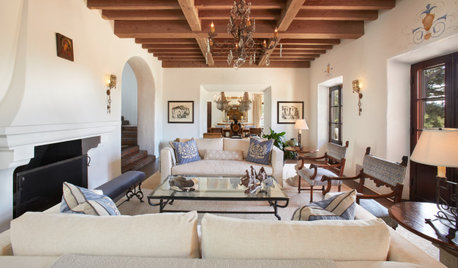
LIVING ROOMSNew This Week: 4 Living Rooms With Nice Architectural Features
See how ceiling beams, built-ins and fireplace details help create dynamic designs
Full Story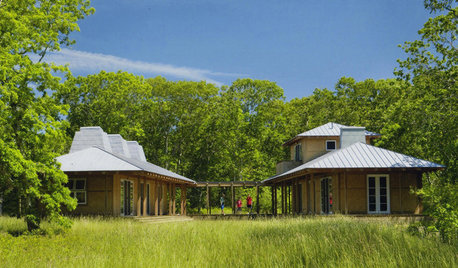
ARCHITECTUREModern Roof Features for Light, Rhythm and Interest
Discover the benefits of skylights and other high-up elements beyond the obvious
Full Story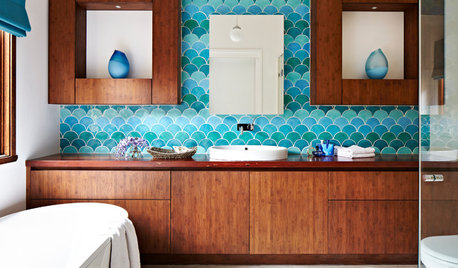
REMODELING GUIDES10 Features That May Be Missing From Your Plan
Pay attention to the details on these items to get exactly what you want while staying within budget
Full Story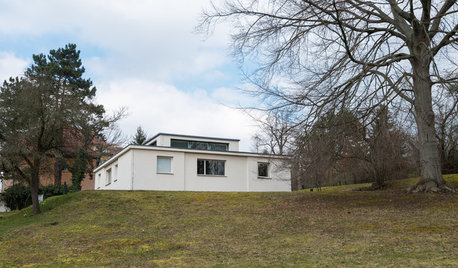
MOST POPULARArchitectural Icon: The World’s First Bauhaus House
The Haus am Horn in Weimar is the first architectural example from the famed school, and the only one in the German city where Bauhaus began
Full Story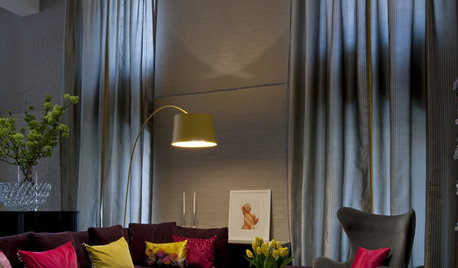
DECORATING GUIDES7 Renaissance Design Features Right at Home Today
Your home may be taking design cues from the Medicis, from a single silk pillow to a sky-high ceiling over that four-poster bed
Full Story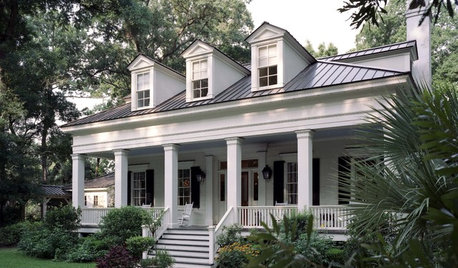
TRADITIONAL ARCHITECTURERoots of Style: Classical Details Flourish in 21st-Century Architecture
Columns, friezes, cornices ... if your home has features like these, it may have been influenced by ancient designs
Full Story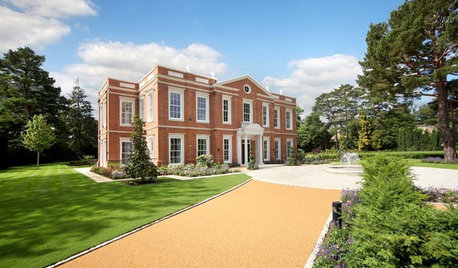
ARCHITECTUREExploring Architecture: Discover the Secrets of Georgian Style
What gives a Georgian property its distinctive character? Take a look at the features that mark this architectural era in Britain and beyond
Full Story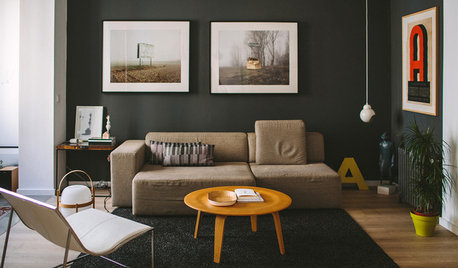
HOUZZ TOURSMy Houzz: Graphic Design Plays Up Classic Spanish Architecture
A creative couple’s home in Valencia features period details, vintage furniture and a museum-quality art collection
Full Story
MIDCENTURY STYLE10 Midcentury Features to Treasure
Before you trash that geometric tile or kitschy wallpaper, find out whether your home's blasts from the past are gems in disguise
Full Story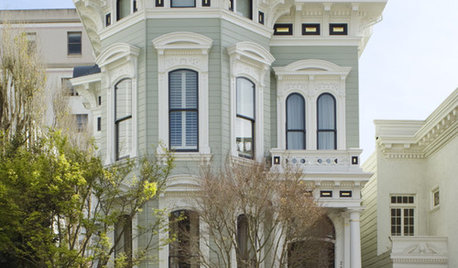
REMODELING GUIDESArchitecture Pays Tribute to the Tax Man
Skipping taxes doesn't always mean skipping the country. These architectural features let owners avoid certain taxes without leaving home
Full StoryMore Discussions







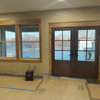


BG Construction